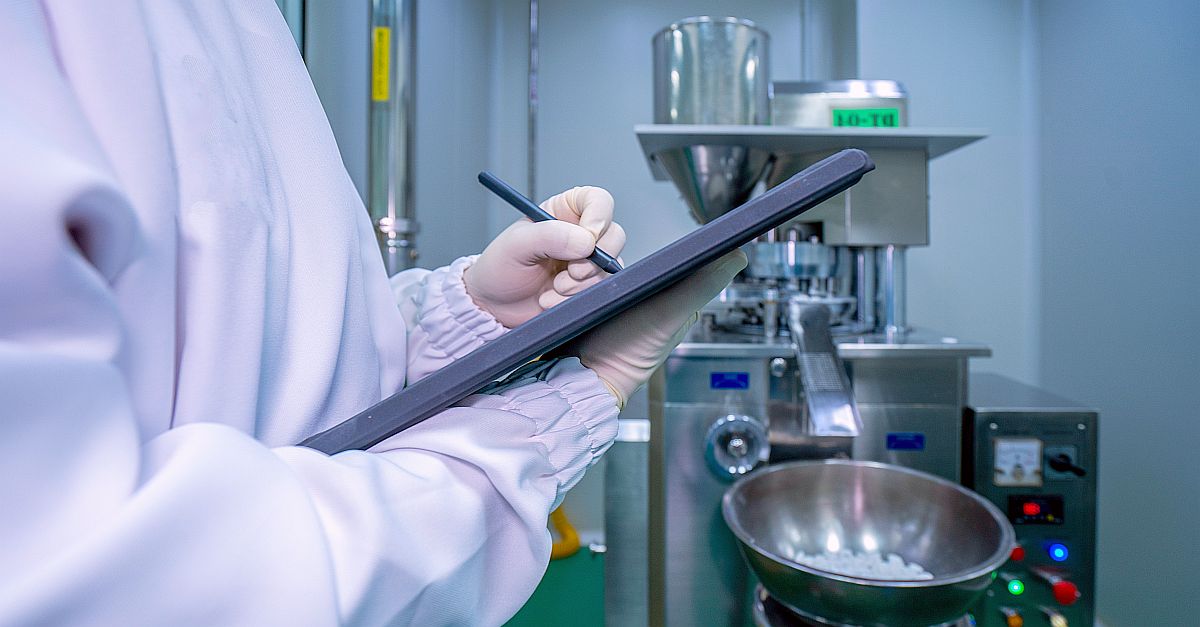While few people in the healthcare industry were surprised to see the profound impact COVID-19 had on the world, it is somewhat surprising how intense the shockwaves of that impact still are 2 years later.
Naturally, epidemiology and vaccines have been a major focus during the pandemic, but the oncology market has also been affected. Despite having an array of new, more effective, and more personalized cancer treatments available, many patients with cancer have struggled to receive both diagnosis and treatment, with physicians and hospitals overwhelmed with critically ill COVID-19 patients.
Telemedicine and Digital Tools
However, the pandemic has brought on some positive changes that benefit the oncology market. The 2020 shift into telemedicine created new opportunities for oncology centers to reach underserved populations that often go undiagnosed and untreated. Telehealth remains faster, more affordable, and more accessible for patients in remote areas who may have difficulty traveling, and safer for immunocompromised patients.
Hand in hand with telehealth has come a surge in the use of digital tools such as smartphone apps and wearable devices, largely driven by the Centers for Medicare & Medicaid Services’ Acute Hospital Care at Home program. Med-tech that allows remote patient monitoring provides a wealth of consistent, daily data to physicians and researchers without face-to-face contact, making patients more conscious of their health status and choices.
The use of clinical-grade wearables and other forms of med-tech is likely to become a permanent fixture in oncology treatment. These tools can prevent expensive and dangerous adverse events by catching warning signs early, and thus far, they seem associated with overall reduced healthcare costs. Remote patient monitoring also makes available a wealth of data that support research and development.
AI and Analytics
When paired with machine learning and artificial intelligence (AI)-based predictive analytics, the data gained from digital tools become immensely valuable, not just to individual patient health but to medical research, product development, and marketing.
Understanding healthcare data will be of paramount importance in 2022 and beyond, as will how best to act on that data. Whether in-house or contracted, pharmaceutical companies will need to compile, analyze, and assess data, make projections and models, and learn how to translate raw data into narratives that demonstrate product efficacy and quality.
Typically, drug development takes 10-plus years to complete. However, the current climate of acceleration and collaboration forecasts the possibility of condensing these timelines. With such rich data sources, researchers can create collaborative AI models without disclosing confidential patient information. This paves the way for robust AI models in research areas with scarce data, such as rare malignancies or pediatric oncology.
In this atmosphere of innovation, AI-powered discovery will drive much more rapid research and development advances by expediting time to insights.
A Growing Need
Another reason for the rapidly expanding oncology market in the US is the growing need for oncology treatment. The nation has a large aging population of baby boomers, and estimates predict that over 70% of cancer diagnoses will be in adults over age 65 by 2030.
Oncology is expected to continue taking the largest share of healthcare spending, with costs steadily rising over the next decade. As patients and payors seek cost-efficient and sustainable treatments, pharmaceutical companies will face rising pressure to cut treatment costs in the coming years.
Precision Medicine
The oncology industry is also seeing explosive growth in precision medicine as immunotherapy advances threaten to make chemotherapy obsolete. For many malignancies, diagnostic testing—including genetic testing—to determine an ideal, personalized treatment course has become standard of care.
Where physicians relied almost exclusively on radiation and chemotherapy not so long ago, researchers are now continually developing new ways to target cancer cells. From somatic, genetic, and germline testing, to immunotherapy and pharmacogenomics, new tests and treatments are steadily making their industry debut.
According to FiercePharma’s top 15 list of cancer drugs in 2022, 3 of the top 6 drugs will be programmed cell death protein 1 (PD-1) and PD-1 ligand 1 (PD-L1) inhibitors. The checkpoint inhibitor class is a new cancer-drug category that enables the immune system to recognize and destroy cancer cells. Ongoing research suggests this class has unprecedented efficacy in a broad range of hematologic malignancies and tumor types, with the advantage of not losing efficacy over time, as chemotherapy does.
Pricing will continue to be a big issue with this drug class in 2022. Lawmakers, along with public and private payors, are presently scrutinizing the cost of medicines. Pharma companies will need to carefully select price points to balance profitability and recouping development investments without pricing drugs so high that payors restrict their use.
Pricing becomes even more critical in immune-oncology and the newest combination cocktails. While combination drugs are not new, checkpoint inhibitors are, and researchers are currently testing them in cocktails with nearly every other oncology treatment available. This research has the potential to greatly change the industry’s perspective on the relative importance of any drug that pairs well with PD-1 and PD-L1 inhibitors.
Included among the newest drug types on the list are 9 monoclonal antibodies—a drug class that continues to dominate the market. Three of these drugs on the list are due to face biosimilar competition soon, and it is currently unknown how biosimilar copies will impact brand name sales.
In this time of unprecedented discovery, oncology has become increasingly dominant in the healthcare industry, with companies working to control research costs, shrink development timelines, and beat their competitors to market. Meanwhile, the collaborative spirit fostered by the global effort to find treatments and vaccines for COVID-19 has established how partnerships can be a practical business strategy that gives companies a mutual edge, and this spirit of collaboration will also impact the industry in 2022.

